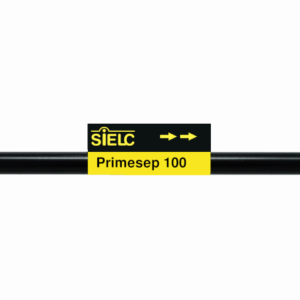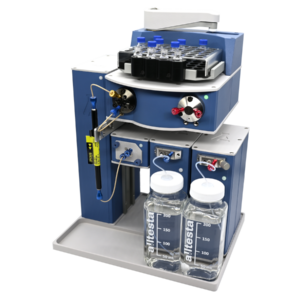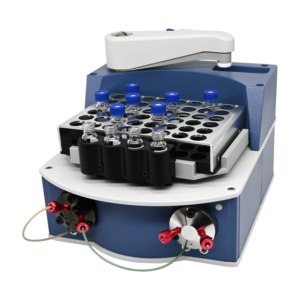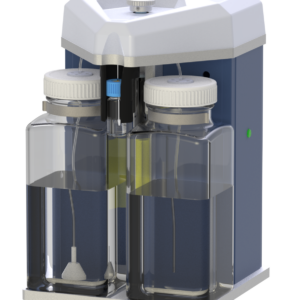HPLC Method for Analysis of Lamivudine on Primesep 100 by SIELC Technologies
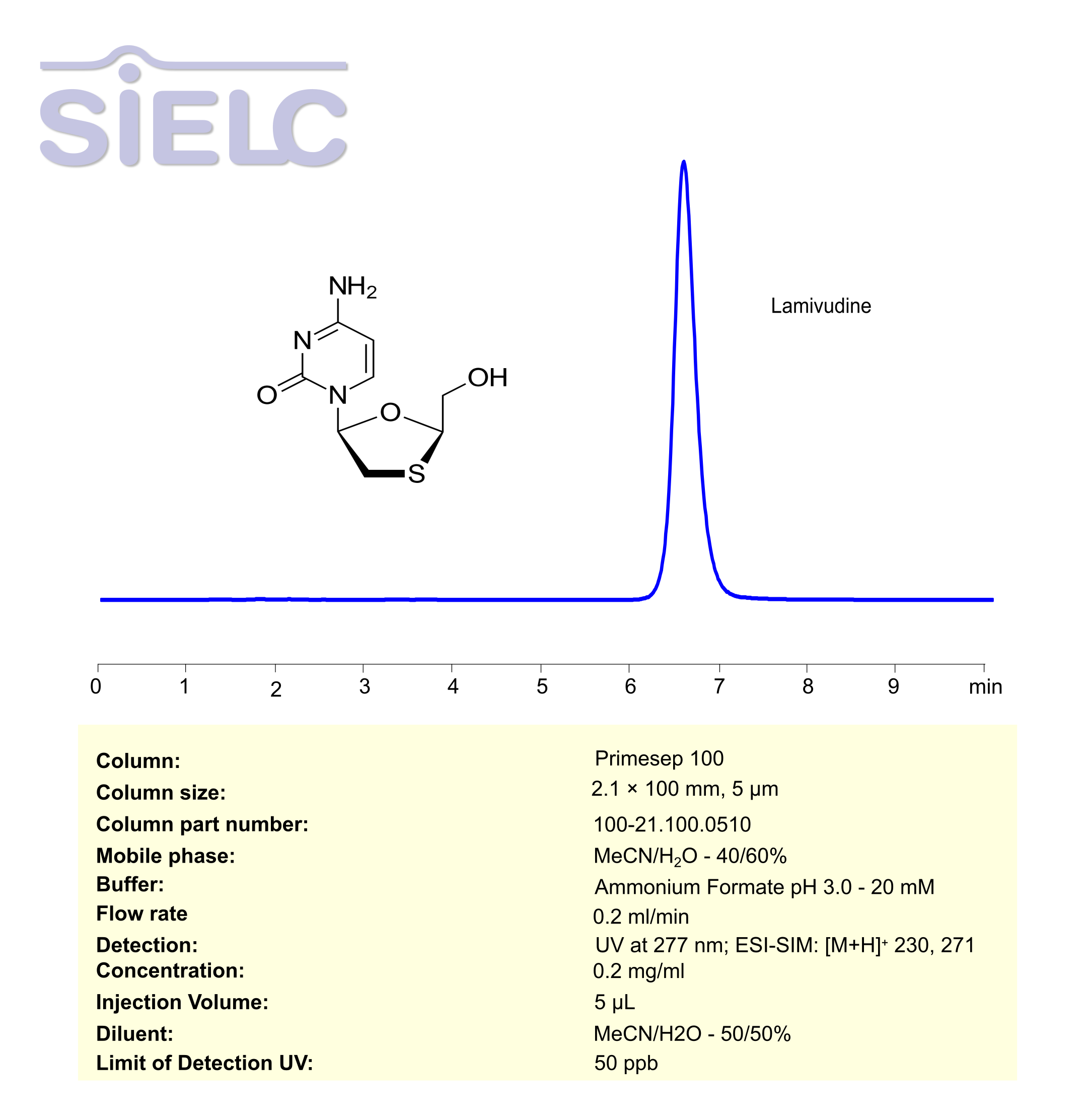
Lamivudine is an antiviral medication used primarily to treat infections caused by the human immunodeficiency virus (HIV) and hepatitis B virus (HBV). It belongs to a class of drugs known as nucleoside reverse transcriptase inhibitors (NRTIs).
Uses:
- HIV Treatment – Lamivudine is commonly combined with other antiretroviral drugs to manage HIV infection and slow disease progression.
- Hepatitis B (HBV) Treatment – It helps suppress HBV replication and reduces liver damage.
Lamivudine can be retained, and analyzed using a Primesep 100 mix mode stationary phase column. The analysis utilizes a isocratic method with a simple mobile phase consisting of water, acetonitrile (MeCN), and Ammonium Formate pH 3.0 – 20 mM as a buffer. Detection is carried out using UV, LC-MS.
| Column | Primesep 100, 2.1 x 100 mm, 5 µm, 100 A, dual ended |
| Mobile Phase | MeCN/H2O – 60/40% |
| Buffer | Ammonium Formate pH 3.0 – 20 mM |
| Flow Rate | 0.2 ml/min |
| Detection | UV at 277 nm; ESI-SIM: [M+H]⁺ 230, 271 |
| Class of Compounds | Drug |
| Analyzing Compounds | Lamivudine |
Application Column
Primesep 100
Column Diameter: 2.1 mm
Column Length: 100 mm
Particle Size: 5 µm
Pore Size: 100 A
Column options: dual ended
LC MS Detection

